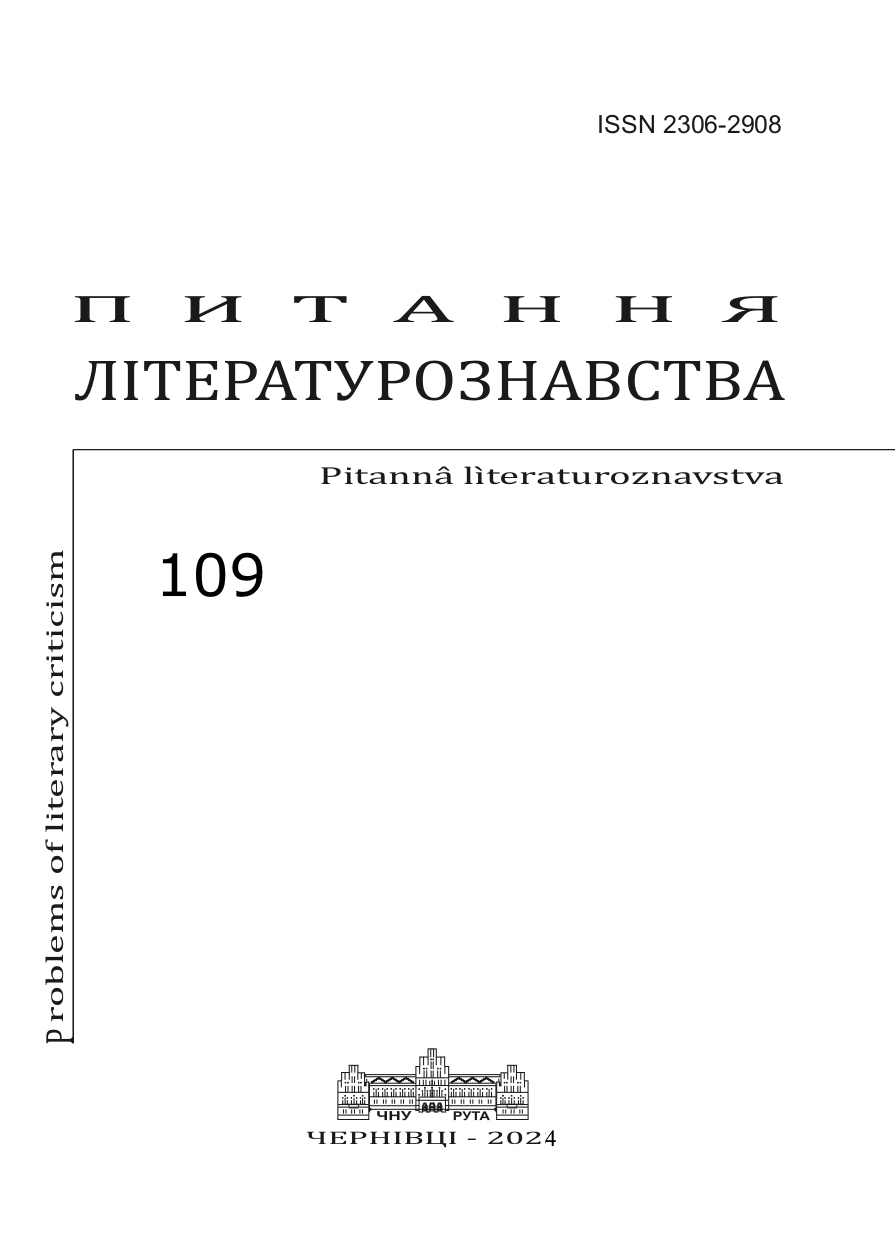«Месопотамія» Сергія Жадана: метрико-ритмічні параметри віршованих текстів
“Mesopotamia” by Serhii Zhadan: Metrical and Rhythmic Parameters of Poetic Texts
Author(s): Yulia TsivinskaSubject(s): Language and Literature Studies, Studies of Literature, Ukrainian Literature, Theory of Literature
Published by: Чернівецький національний університет імені Юрія Федьковича
Keywords: S. Zhadan; versification; metric; rhythm; size; free verse; dolnik; accent verse;
Summary/Abstract: The article analyzes the second part of S. Zhadan’s book “Mesopotamia”, “Clarification and Generalization”, which contains thirty poetic texts, from the point of view of versioning. In addition, the paper presents an interpretation of the book’s title that transfers it to Ukrainian basis and possibly reflects some details of the author’s biography. Mesopotamia is associated with Kharkiv, the city of S. Zhadan’s formation. The study offers a general picture of the metrical and rhythmic characteristics of the poems written in the sizes of the syllabic-tonic (iambic), tonic systems (dolnik, metrical, accented verse), and free verse. Also the article indicates the features of their interaction and combination in one text. Among the poems, there are also those that are considered transitional metrical forms and polymetrical constructions, one of which (the poem “And then she says”) combines not only with tonic metres but also the free verse. We raise the question of distinguishing between accentual verse and polymetrical construction on the basis of the quantitative ratio of lines of a particular size. The author makes an attempt to highlight specific features of the writer’s free verse, in particular, irregular rhyme, repetition, stylistic figures, division of syntactic units by means of ending pauses, which form the rhythm of poetry and emphasize its meaning. We substantiate their value and give examples of their use. The paper separately considers the issue of the stanzaic structure of couplets, which we reckon as conditional, since in such texts the concept of stanza has lost its features and is based mainly on the author’s vision. However, such a mosaic „stanza” is another tool that gives free verse a special rhythm. In conclusion, the article outlines the prospects for further research on the author’s versioning.
Journal: Питання літературознавства
- Issue Year: 2024
- Issue No: 109
- Page Range: 43-57
- Page Count: 15
- Language: Ukrainian

